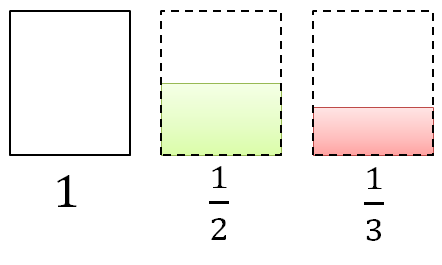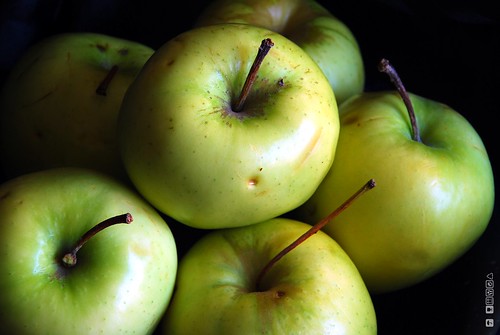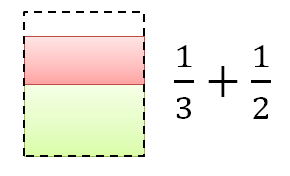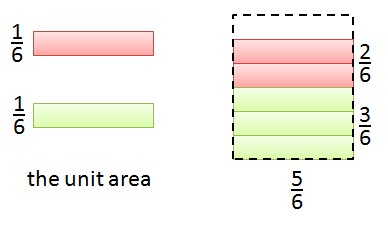The Geometry of the Least Common Denominator
In mathematics, in putting together things, we must have a commonality; we must add objects that belong to the same set. We add 2 apples and 4 apples to get 6 apples. We do not add apples and oranges and come up with a single- kind-of-fruit-sum.
This is also true with numbers and measurements: we add, subtract, multiply or divide numbers that belong to the same set or measures with the same unit. We do not add binary numbers to decimal numbers and get a result without conversion. We must either convert binary numbers to decimal, or vice versa and then perform addition or any other operations. Also, in finding the area of a rectangle with length 10 inches and width 5 centimeters, the answer must either be in square inches or in square centimeters.
The concept above of adding apples to apples, binary to binary, or lengths which are both in centimeters has another application. Getting the common denominators of two or more dissimilar fractions also uses this idea. We do not just add and
directly, we must have a common “fractional unit.”
If we represent a whole with the rectangle in the leftmost figure, then and
in relation to that whole are shown on the right hand side.

Adding and
does not give us any much information (see second figure).
As you can see, we must have a common unit area to be able to add, a fraction that both divides and
. We know that that fraction is
. As we can see in the figure below, now that we have a unit, we could change the original fractions to their “equivalents” and perform addition (or even subtraction) with ease.
Six in is the common multiple of
and
(in
and
). In fact it is the least common multiple. We get the least common multiple for the purpose of ease; we can always get larger multiples if we want as shown in the lists below.
Multiples of 2: 2, 4, 6, 8, 10, 12, 14, 16, 18, 20, 22, 24, …
Multiples of 3: 3, 6, 9, 12, 15, 18, 21, 24, ….
Common multiples of 2 and 3: 6, 12, 18, 24, …
If we want to get 24 as a common multiple and we add the fraction above, we get
.
Of course, this result can be reduced to its lowest term which is equal to , the answer obtained above.
Image Credit: Olle Svensson via Flickr


